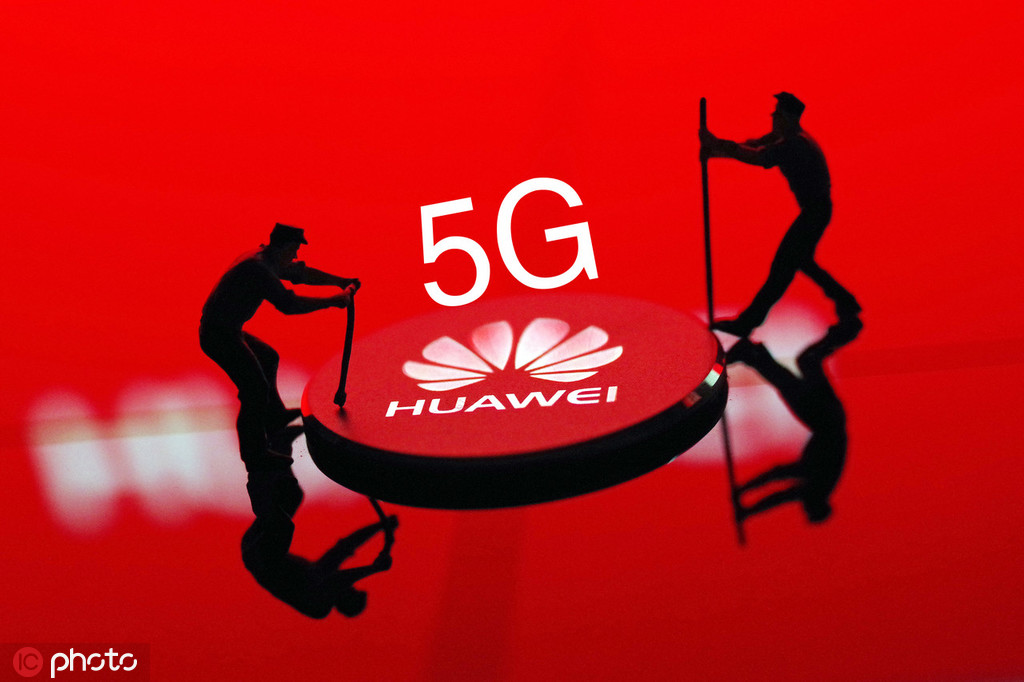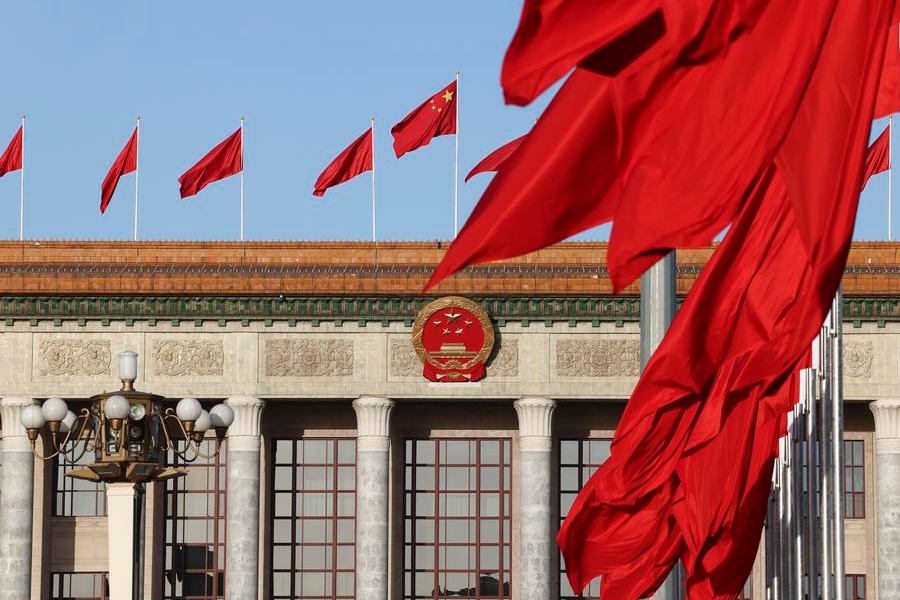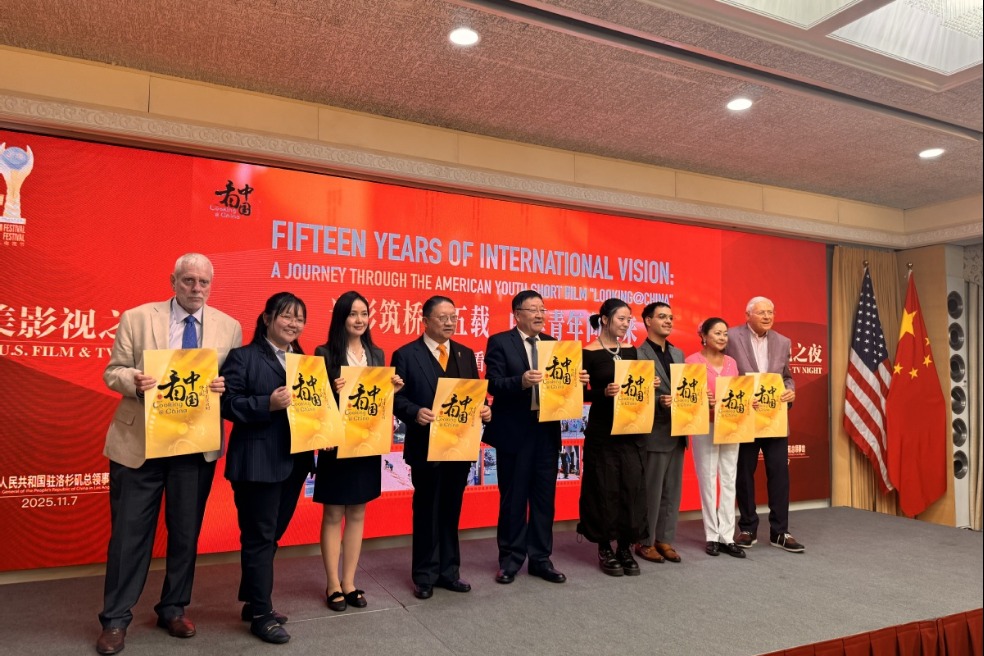Southeast Asia open to Huawei over 5G


Experts: Economic considerations and strategic relations among factors
Southeast Asian countries eyeing the promise of 5G connectivity to boost economic development are sticking to Chinese telecommunications giant Huawei among others.
Cambodia, Indonesia, Malaysia, Philippines and Thailand, all members of the Association of Southeast Asian Nations, or ASEAN, have indicated they may allow Huawei to help build their fifth-generation mobile communications networks. The 10-member regional bloc also includes Brunei, Laos, Myanmar, Singapore and Vietnam.
Economic considerations and a strategic foreign policy element are among the reasons why Southeast Asian countries have adopted a relative openness toward Huawei, said Amalina Anuar, an analyst with the Centre for Multilateralism Studies at the S. Rajaratnam School of International Studies at Singapore's Nanyang Technological University.
"Huawei's 5G technology is generally reputed to be both advanced and relatively more affordable," said Anuar. "Having a multivendor approach and avoiding exclusion of Huawei is considered a more balanced policy option so (that) ASEAN members don't have to choose sides."
Shenzhen-based Huawei Technologies Co is the world's largest telecommunications equipment maker and second-largest smartphone vendor. It has been targeted by the United States on allegations of espionage even with no evidence amid the Sino-US trade conflict. Huawei has denied all the accusations.
In May, the United States banned the company from buying components and technologies from US companies without prior government approval. In late June, however, the US agreed to loosen the restrictions.
In June, Globe Telecom of the Philippines launched Southeast Asia's first 5G broadband service, backed by Huawei equipment.
Jake Saunders, vice-president of Asia-Pacific advisory services at ABI Research, a market intelligence company, said: "Frankly, I can't really see any sort of ground (for these allegations) in terms of security."
"If you really want to make communications more secure, individual companies can put (on) their own encryption layer to secure traffic," said Saunders.
Fifth-generation mobile technology enables gigabit speeds and more powerful connectivity. It is expected to account for 15 percent of global mobile connections by 2025, while Asia-Pacific is on track to becoming the world's largest 5G region, according to telecoms lobby group GSMA.
Compared with previous mobile technologies like 3G and 4G, the network upgrade cycle has shortened greatly with 5G, said Saunders, noting that a number of countries in Southeast Asia have plans to roll out 5G in the years to come.
The advancement of 5G not only brings benefits to consumers. What is really interesting is how the technology "sets up the ability for the mobile operators with their equipment to help energize enterprises, industries and logistics", said Saunders.
The development of 5G and cloud technology increases systems' computing prowess, said Farlina Said, analyst with the Foreign Policy and Security Studies program at the Institute of Strategic and International Studies in Malaysia.
"It becomes necessary for Southeast Asian countries to explore the possibilities offered by 5G for the next generation," said Said, noting 5G can be conducive for ASEAN to build the Smart Cities Network, as it will benefit disaster management, education delivery and sustainability.
Important markets
ASEAN countries, which collectively form the world's sixth-largest economy, have always been important markets for world business, and Huawei has been active in the region for 20 years. At a conference earlier this year, James Wu, president of Huawei Southeast Asia, said 5G was expected to provide Southeast Asia with industry opportunities worth $1.2 trillion, with the number of 5G subscribers likely to reach 80 million.
In Malaysia, Huawei has signed memorandums of understanding with major telecom companies Maxis and Edotco to cooperate on 5G technology. In May, Malaysian Prime Minister Mahathir Mohamad offered a forceful defense of Huawei, saying the country will use Huawei technology "as much as possible", Xinhua reported.
In February, Thailand launched a Huawei 5G test network in Chonburi, a province in the country's industrial estates strip along the Gulf of Thailand.
In Indonesia, local mobile telecom service operator XL Axiata partnered with Huawei to build a 5G-ready simplified transport network that will cover the whole country.
After an agreement signed in April by Cambodia's Ministry of Posts and Telecommunications on the development of 5G during the Second Belt and Road Forum for International Cooperation, Cambodia's Smart Axiata announced it had partnered with Huawei to build the country's 5G network. The aim initially is to roll out the 5G service to the country's major cities by the end of this year, according to Xinhua.
But around the region, attitudes toward Huawei still vary. Viettel, Vietnam's biggest carrier, is working on its own to develop a nationwide 5G network, while Ooredoo Myanmar and Indonesia's Smartfren have partnered with ZTE, also a Chinese telecom giant.
"The current attitudes can be reflected by the individual states' national security concerns and development priorities," Said said.
Some might prefer developing indigenous industries at the core.
Saunders at ABI Research said: "Most of the operators will make decisions based on the level of capability of the equipment and pricing, (while) in certain countries where there is a more connected political scene between the United States and its allies, then that is a more complex equation."
Huawei said in July that it has signed over 50 commercial contracts for 5G technologies. And the company was quoted in June saying the total shipment of its 5G base stations is expected to rise from the current 150,000 to 500,000 by the end of this year-to "put the company in a very leading role" among industry peers.
"The attitude in Southeast Asia is that they want choice. That is the heart of the matter," said Saunders.
"Huawei is very much at the cutting edge. They innovate … and they are also very competitive on price, so that is why Huawei can be such a prominent player," he said.
Nanyang Technological University's Anuar said: "There is much focus on 5G as a geopolitical tool, sometimes to the point where it overshadows the promise that 5G holds for bringing greater socioeconomic growth and development." For 5G's full potential to be reached, policies must balance both security and development needs, she noted.
"Southeast Asia will choose its 5G solution provider based on its own interests, (and because) choosing sides is not a desirable option for ASEAN," Anuar said.
































